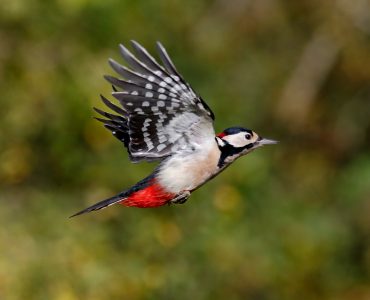The bird is called Upupa Epops in scientific verbiage. It is quite a beautiful & colourful bird which is found around Afro-Eurasia region and well known for its beautiful crown type formation on the head made up of feathers. The bird belongs to the category, which also does include those of rollers, wood-hoopoes and kingfishers. The bird has huge numbers present across Madagascar, North Africa, Europe, Asia and sub-Saharan Africa. It tends to migrate from these areas to the tropical areas while winters come in.
The bird loves to be around in open areas, which are used for cultivation, since that provides them with short grass and patches of empty land in between. They normally stay on the ground and spend most of its time there, hunting for insects and worms. Physically, the bird is almost 20 to 25 cms in length and it could have a wingspan up to 44-48 cms. The beak of it can weigh up to 46 to 70 grams. The flying style is quite erratic and the characteristic appearance is hard to be missed. The bird is quite colourful and may even look like a huge sized butterfly as it flies. The bird has a call similar to a song and a trisyllabic sound which is given a lot of names in different languages. The species to which it belongs, share some common features like having a curved bill, with broader and rounded wings, square tails and long crests. Both of the sexes of this bird are alike in appearance. The bird is known to be a very close alliance & useful for agricultural land.
The way it builds its nest, is quite similar to that of its other family species, like kingfisher. The nest would be filled with lot of faeces which gives out very foul smell, in turn working as a shield from other predators that could damage those eggs. The bird makes its nests on holes in the tree trunk and also in walls if there is apt amount of space for it. The bird has also been seen climbing a tree similar to a woodpecker but then that’s a rare sight and does not happen often. These birds often eat insects and spiders which are often available around the trees and other places where it chooses to build its nests.
The bird is extremely brisk in its behaviour and can move quickly. The rounded wings of this bird, helps to get a better lift and it tends to climb in tight circles around. The camouflage capabilities are exceptional too, with it hiding itself so well in the fields that it’s almost magical the way they disappear from sight. The trees which qualify to be their favourites are the olive plantations, meadows orchards and pollard willows through the open country land.
The long billed type of this bird is also the national bird of the State of Israel. This was declared during the 60th anniversary of the country and was decided with the help of votes cast by 15,000 people of the country.
Hoopee
Let us know if you liked the post. That’s the only way we can improve.






